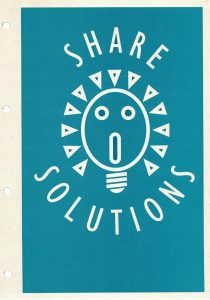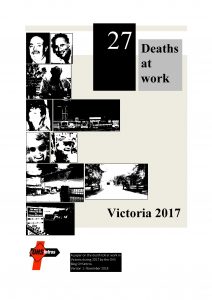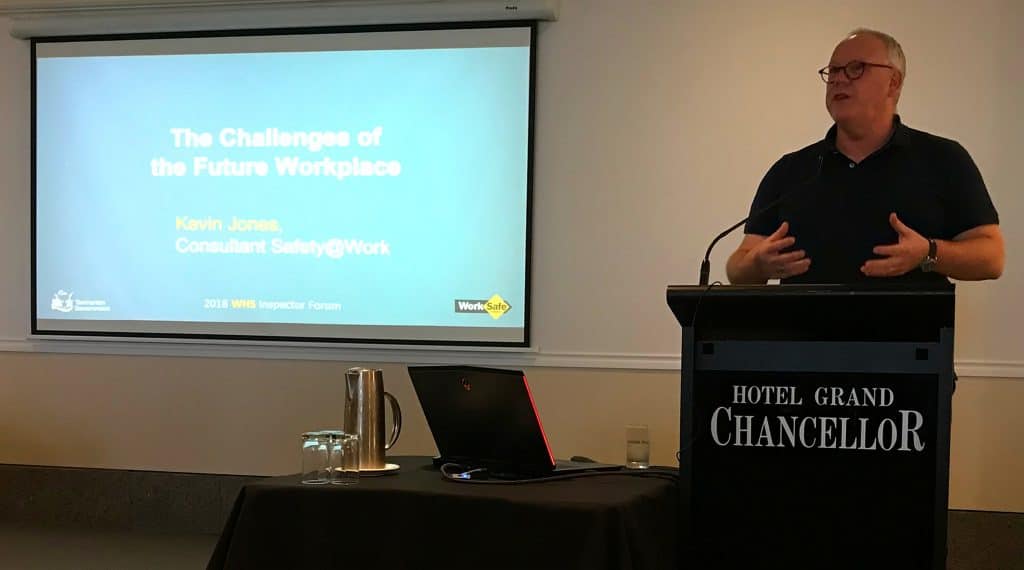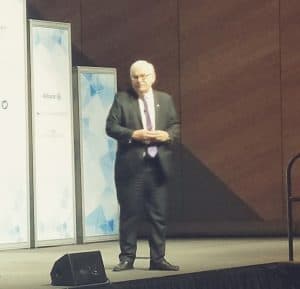 Some readers have asked for more information about the “Share Solutions” program mentioned in a previous article. The initiative started in 1988 but this article is based on the second edition from 1995.
Some readers have asked for more information about the “Share Solutions” program mentioned in a previous article. The initiative started in 1988 but this article is based on the second edition from 1995.
In 1995, pre-internet, the precursor to WorkSafe Victoria, the Health and Safety Organisation Victoria produced a Share Solutions manual (with an unfortunate sex doll-like graphic). This hard copy folders included single page solutions to common workplace hazards. These solutions were submitted usually by those workers or Health and Safety Representatives who had developed a solution to a hazard particular to their workplace. The solutions were shared with the program participants with acknowledgement of the origin. Continue reading “Share Solutions could be resurrected”

 The
The 


 The
The 